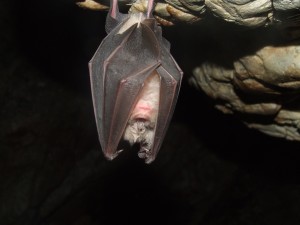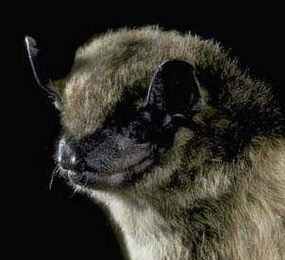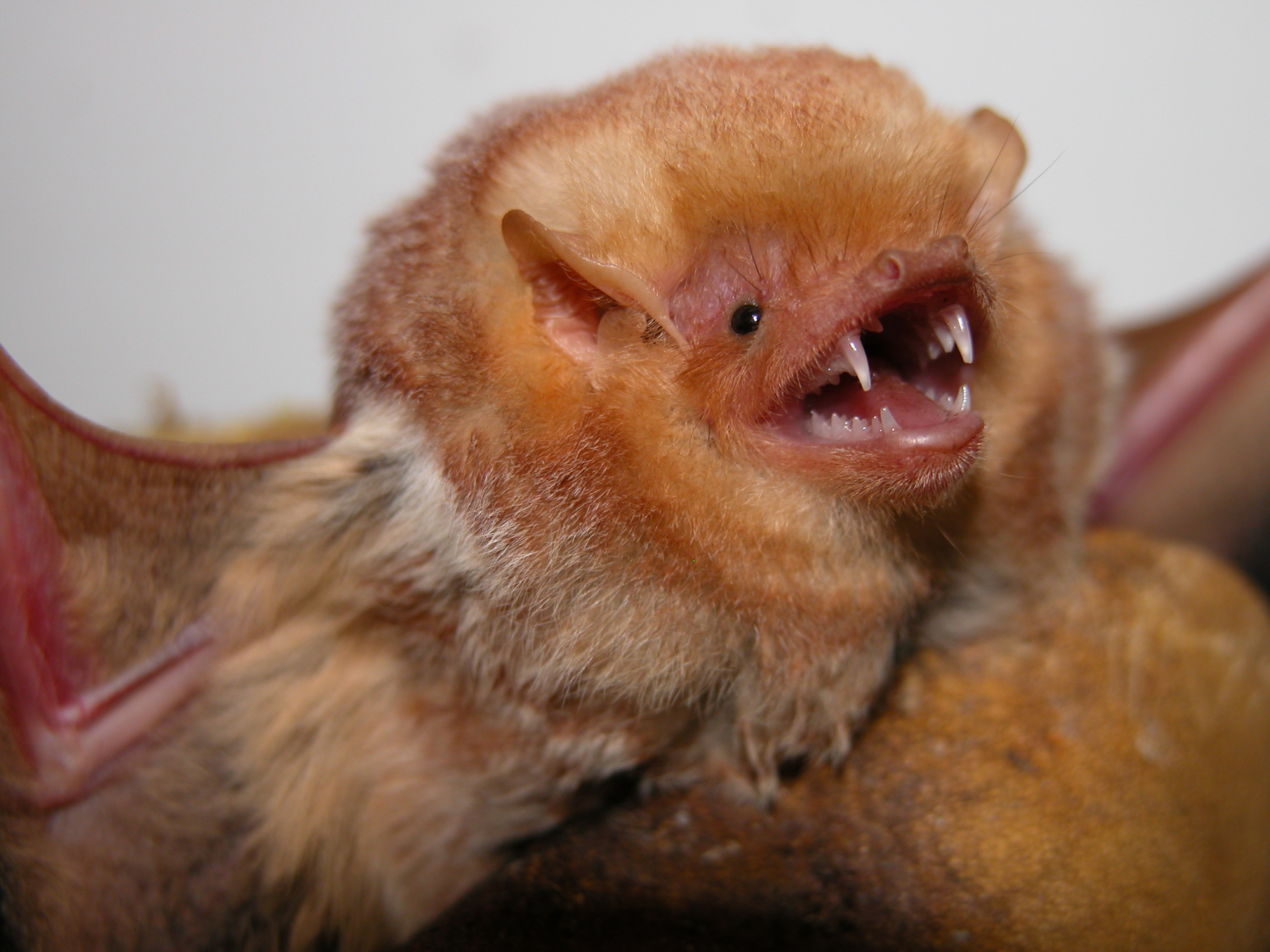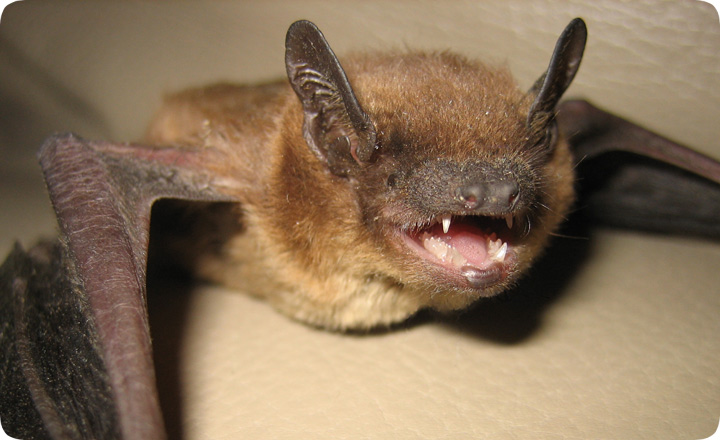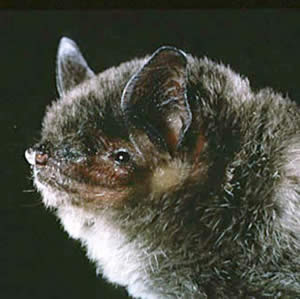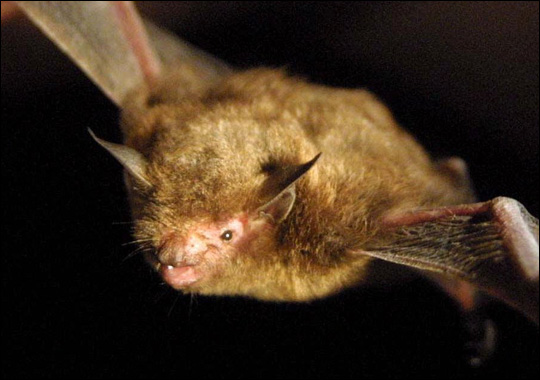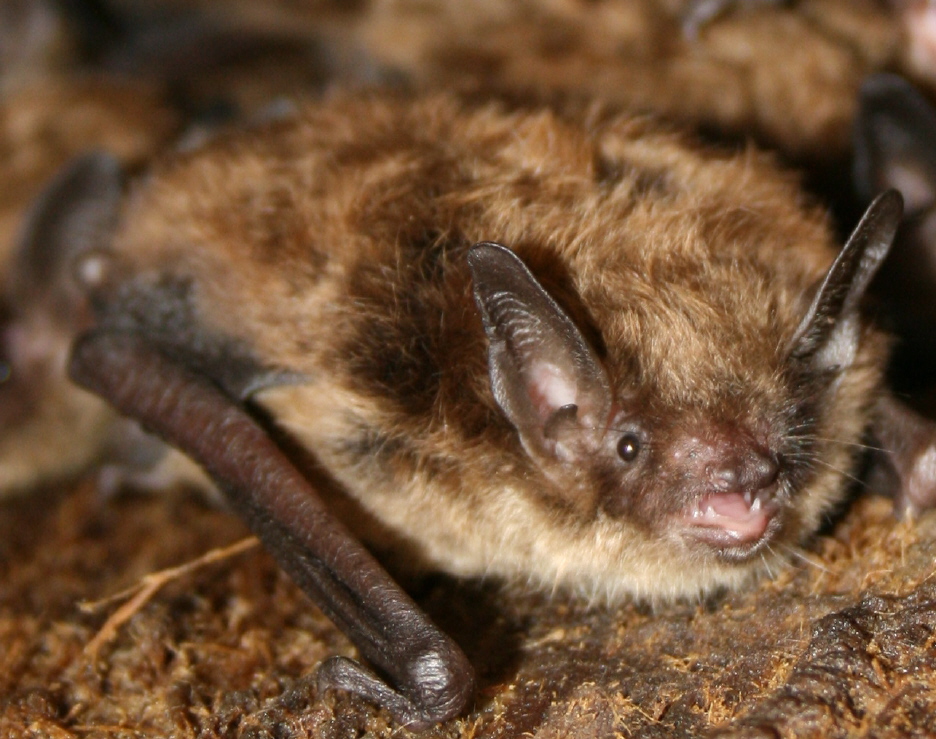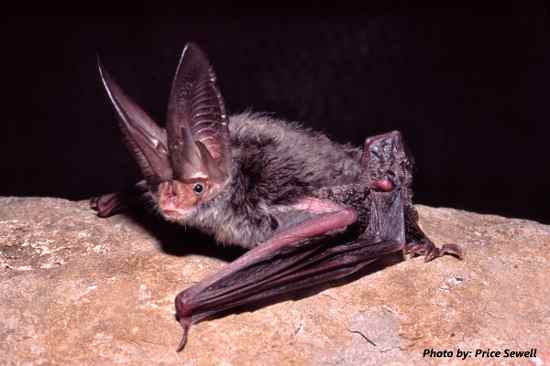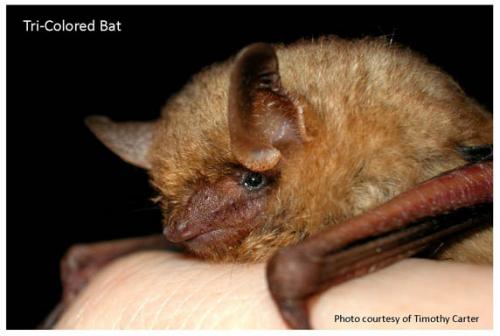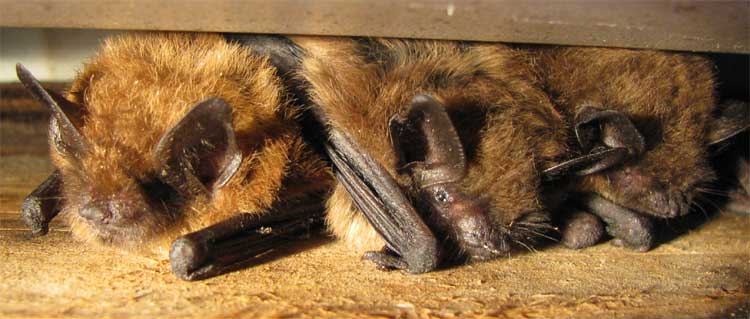
As the winter months approach, common bats will either migrate to warmer climates or more commonly, hibernate from November to April.
It’s quite possible bats may be hibernating in your attic!
It was once thought that bats usually hibernated in caves during the winter months but it is actually much more common for them to find a safe spot in homes and buildings. We just usually don’t realize it because bats don’t just find a spot at the top of your attic to hang like we might imagine. They often will hibernate beneath your insulation or find a space in between the walls.
What not to do with bats in your attic
Don’t seal their exit! The most common mistake people make is to seal all of the entries and exits during the day. The problem with this is that now you’ve trapped them inside. Those bats will now be desperate to get out and will very likely find their way into another room in your house, creating an unpleasant situation.
Dont Kill the bats You may not realize this, but in most states bats are a protected species. They are so valuable in helping control insect populations that they are protected at both the state and federal level.
Don’t use poisons, glue boards, or high-frequency noise emitters Although you might be able to buy these products online, there is actually a federal ban against ultrasonic pest control devices. It is illegal to poison bats in Illinois.
What to do about bats in the attic
Inspection Whether you do it yourself or hire a professional bat removal service, the first step is a thorough inspection to find bats, their locations, entry and exit points.
Exclusion You need first to locate the primary entry and exit points while observing the bats in the evening. During the winter months, bats may exit your home to search for water if the temperature move above 45 degrees. When all bats have left the home for evening hunting, this is when you should seal all entry points.
Professional Removal Bats in your attic during the winter months will spend a majority of the time being inactive. This is a good time to contact a professional removal service to have them safely removed. Remember, bats are a beneficial and protected species, so do not attempt to remove them yourself during hibernation.
Call a professional
If you don’t want to remove bats yourself (and we DON’T recommend it), then please call Attic Solutions at (847) 464-1861 for professional bat removal in the Chicagoland area.
————————–
Image Source: Wikipedia Commons
Post Sources: The Bat Guy & MIBat Control




